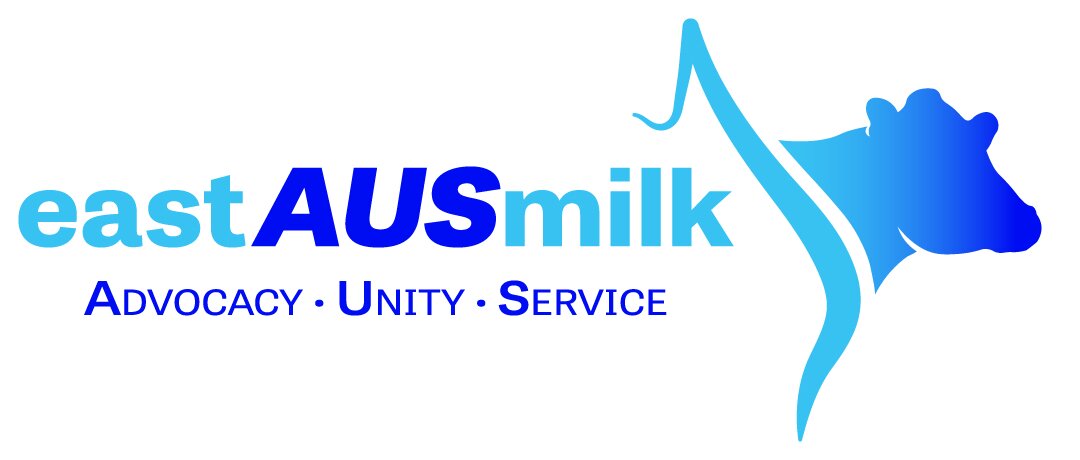VFF income crashes: Peak farmer body suffers $305,450 operating loss
The Victorian Farmers Federation is staying silent despite financials it lodged with ASIC showing a significant operating loss.
VFF president Emma Germano refuses to comment on the federation’s 2021 finances.
The Victorian Farmers Federation recorded an operating loss of $305,450 in the 12 months to September 30 last year, a slight improvement on the $445,162 loss of 2020.
However a $1.6 million gain on the revaluation of its assets, including the VFF’s Collins St headquarters, allowed the federation to claim an overall surplus of $1.35 million for 2021.
The VFF’s books show the value of Farrer House rose by $598,414 over the year to reach $30.88m despite a major slump in demand for rental space in Melbourne’s CBD.
But while the asset revaluation delivered a surplus, the VFF’s total income fell from $10.4m in 2020 to just $6.7m in 2021.
While the revenue loss may seem severe, most of it was made up of government grants that simply flowed into the VFF’s coffers and back out the door again to farmers – in the form of quadbike roll bar and cattle underpass rebates, as well as biosecurity and safety program grants.
It has meant that while government grant revenue fell from $5.34m in 2020 to just $2m in the 12 months to September 30 last year, it had little impact on the federation’s core finances.
All up the VFF handed out just $116,976 in rebates last year, compared to $4.33m in 2020.
Farmer member levy and subscription revenue remained relatively stable at $3.501m in the 12 months to September last year, compared to $3.545m in 2020.
The VFF did suffer a significant drop in revenue from commercial agreements, which fell from $1.3m to $851,905.
Rental income from Farrer House fell from $1.8m to $1.4m as Covid restrictions suppressed demand for office space in Melbourne’s CBD.
But these losses were offset to some degree by Covid stimulus funding of $280,032 last year, plus a one-off injection of $350,525, generated from the sale of the National Farmers Federation’s Canberra offices, in which the VFF held a stake.
VFF president Emma Germano refused to answer questions on the financials, stating “we want to ensure our members have the first opportunity to hear directly from the VFF at next month’s (Feb 23) AGM”.
“As a courtesy to our members, we will not be releasing further information until this date.”
However the VFF financials are available to the public, after being lodged with the Australian Securities and Investment Corporation on December 20.
All up over the past two years the VFF has received $849,532 in what it’s financials describe as “Covid stimulus” funding – mainly JobKeeper payments.
An absence of Covid support payments and VFF’s loss of a majority of its largest chicken-meat farmer members — who each paid an average of more than $3000 in membership levies annually — are expected to place further pressure on finances this year.
Communication expenses have already been halved from $233,057 in 2020 to $122,738.
But IT support costs have surged from $243,111 to $350,797 in 2020, while over the past two years, while in the past, while consultants fees jumped from $739,344 to $916,467 and Promotional, newsletter and project expenses rose from $110,905 to $365,133.
Source: Peter Hunt, The Weekly Times, 18 January 2022

